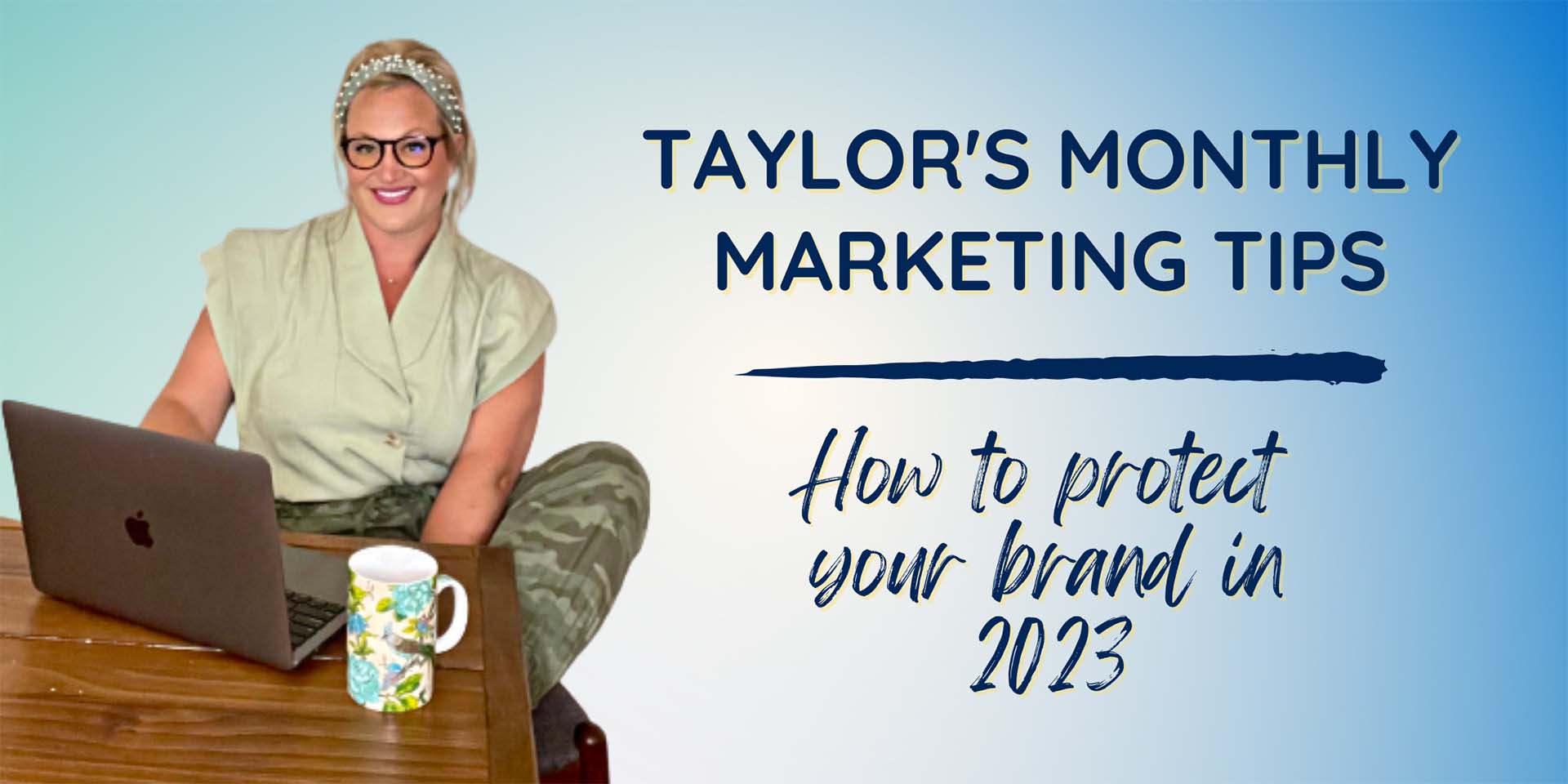
You did it! You built your brand–one that consumers love and trust. You might be thinking the ride is smooth sailing from here, but the work is actually just beginning. Now, you have to maintain the momentum and manage and protect your brand reputation.
Building and maintaining your brand in a very crowded market is no easy feat. There are over half a million brands globally. That’s a lot of competition for your audience’s attention. In these times of rapid change, consumers gravitate toward brands they trust. Building that trust isn’t your job alone, it takes a collective effort between yourself, your team and your audience.
So, why is brand reputation important?
Today, consumers expect more from a brand. It is not just price and quality they’re after. They’re also seeking authentic interactions, for example, on their favorite social platforms. With the fast pace of social, positive and negative interactions with your brand can spread like wildfire. Managing your reputation on social helps your brand stay healthy through the ups and downs by addressing these key benefits:
- Aligning with customer values
- Supporting your community
- Maintaining customer loyalty
- Being who you are and doing what you say; staying authentic Think about it, your reputation can take years to build and seconds to lose The digital landscape is unapologetic and mostly unfiltered, making it ripe with opportunities for success or misstep. With just one post, the reputation you’ve built can end. But the organic conversations on social, digital chat rooms, etc. also give you ample chances to listen and learn from your customers, reshaping your brand reputation with genuine feedback to correct any misguided information. Speaking of, digital word-of-mouth matters Some 53% of consumers like or follow a brand page on social media to learn about new products and services. When it comes to purchasing decisions, digital word-of-mouth is crucial for growing your audience and reputation. There’s also power in brands prioritizing online conversations that are visible to the masses. Today, most consumers expect a response within 24 hours, being responsive on all digital platforms shows future and current customers you care. With many digital channels allowing you to directly communicate with your audience, this allows brands to use reputation management to engage, answer questions and interact with their customers, humanizing your brand, which turns out, consumers appreciate. Protecting your brand’s reputation is just as important as protecting it’s safety With your reputation now on the line, it’s like the old saying goes: when you fail to plan, you plan to fail.
A proactive brand safety plan is the only way to mitigate risk online. While most digital networks have standards in place to prevent ads from showing up within harmful content, for example, these standards are usually developed after a brand safety blunder makes a threat clear.
While risk is a natural part of investing in new digital features or tools, if you let that stop your brand from hopping on the latest marketing advancements, you risk falling behind your competitors and out of favor with your target audience. A major risk in itself.
The only real way to protect your business online is to create brand safety guidelines that understand and address the digital landscape.
Consumer privacy IS brand safety
It can be tempting to do the minimum required in the safety department, just to keep the regulators at bay, and get back to the things that directly drive revenue. Many brands take this approach, but as consumer awareness of privacy increases—and consumers are granted more rights under the law—this is an increasingly risky path to take.
Gartner estimates that by the end of 2024, 75% of the world’s population will be covered by some form of consumer privacy or data protection regulation. The explosion of modern privacy regulation is due to recognition by regulators and consumers alike that the rise of the digital economy has brought with it misuses and abuses of consumer privacy.
As shared, consumer trust can become a competitive advantage for companies who prioritize doing what it takes to earn and protect that trust as an asset. And in today’s world, with headlines about data breaches and misuses in the news almost every day, earning that trust means prioritizing approachable, consumer friendly and effective privacy practices.
What you can actually do to protect it all
Now, in 2023 with states passing new laws, here is what marketers can do to ensure that this widening pool of covered consumers—in addition to the pool of existing covered consumers—has a great experience with your brand:
- Put on your consumer hat – Is it easy for you to opt out of your messaging? What does your brand look like from out outside looking in?
- Assess your partners – Do they care about your brand the same way? Do they align with the reputation and safety plans?
- Educate your team – Do your employees respect your brand outside of work? Do they understand the expectations and risk for internal and external brand protection?
- Test and test again – Do you have tests in place to mitigate risks? Are you engaging in social listening to ensure your brand is being represented the way you want it to?
Taking small, but consistent steps to ensure your brand is protected from all ends of the digital spectrum, you’ll be sure to keep that momentum going long into this year and the future.







